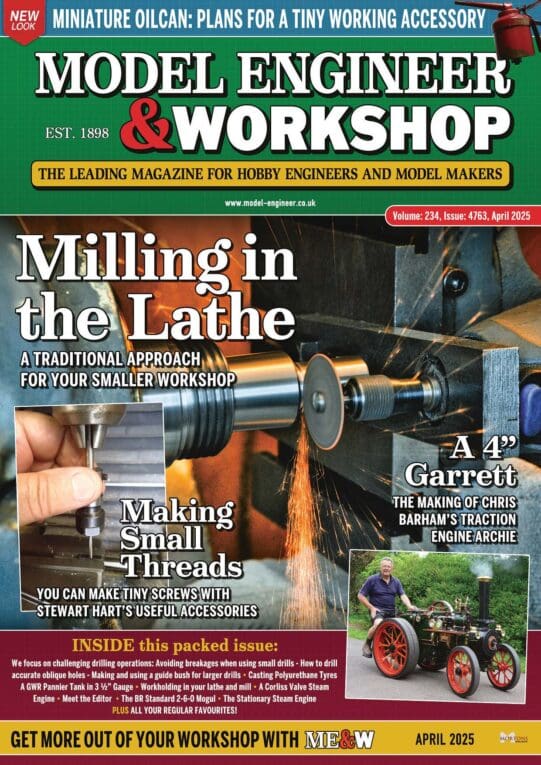I read through that thread having seen I was cited as one of its inspirations!
I worked in acoustics, as a laboratory assistant, measuring things for them as knows about the analysis. I just gave the scientists the files of numbers, and lots of ‘Excel’ graphs. So although I could never have learnt the mathematics used by harmonic analysis, with all its advanced trigonometrical functions, matrices, complex numbers and Fourier Transforms, I do know the basics of signal measuring and have heard of those Very Hard Sums!
In later years we used PC-mounted virtual systems such as shown above; LabView the brand, I think similar to Matlab. It allowed building emulators of the various instruments graphically: a sort of 2D CAW. (Computer Assisted Wiring!)
.
I see in the example above, the waveform is the Cosine. Not the Sine wave, given the two are the same thing 90º apart. Is it to give a (0, 1) initial co-ordinate rather than (0, 0) for the calculations? (We measured everything by deciBels, as those signals shown are, and those need a mimimum 1-unit for the specific scale’s Reference Level to avoid the impossible division-by-nowt.)
.
Frequencies <1Hz: (Gary Nash’s question). This is in the realm of accelerometers for the probes themselves but the analytical tools will be the same. The technical difficulty may be in finding a suitable amplifier for the sensor but they do exist. The lowest frequency I worked down to was about 10Hz at a push, but we were really only interested in well above that, and such a low frequency was a calibration minimum for piezo-electric reference sensors. Their amplifiers are charge types, using capacitance, but I don’t know the principle.
Accelerometers come in various flavours but those for higher frequencies typically consist of a piezo-electric sensor bonded to a mass so it is alternately stretched and compressed by the vibration. Such sensors can be used for diagnosing machinery vibrations, and indeed are.
Some are made with small tapped holes, e.g. 10-32UNF, so they can be screwed to the work, but where that was not possible we stuck them on with “super-glue”. For analysing lathe vibrations the sensor might be fitted to the tool-holder by an adaptor replacing one of the clamping-screws, so as near as possible to the tool tip and the work.
I don’t know what those for sub-Hertz sensing use, where a mass-reaction would likely be dormant. They might be capacitative or resistive strain-gauges. The latter at least will handle very low frequencies indeed.
……
Going back to peculiar patterns on turned surfaces, there is a similar thread presently live on this Forum.
I never really traced the cause in my case, on a fairly slender taper in mild(?) steel about four inches long; the stem of a connecting-rod. I have it in front of me now, and though the racoon-tail effect is not very visible the finish is not very good, so the vibration may well have been within the material from a slightly blunt or fractionally mis-set tool.
Another possible source of such trouble, I recall suggested to me, on long self-acting feeds, is the saddle yawing slightly or the feed varying cyclically, by machine wear. This, I now realise, might be assessed by running a DTI attached to the saddle, along the cleaned side of the bed. It will jump in any dents or scratches but a regularly-varying deflection will indicate yawing. One source of that might be eccentricity of the feed-shaft.
This was on an elderly Harrison L5 that has probably seen a lot of unwitting abuse as well as good use over the years.
If the finish varies cyclically though, might the bands be nodes and antinodes of vibrations within the steel? I cannot think how you might establish that, though.
 Julie Ann.
Julie Ann.
















